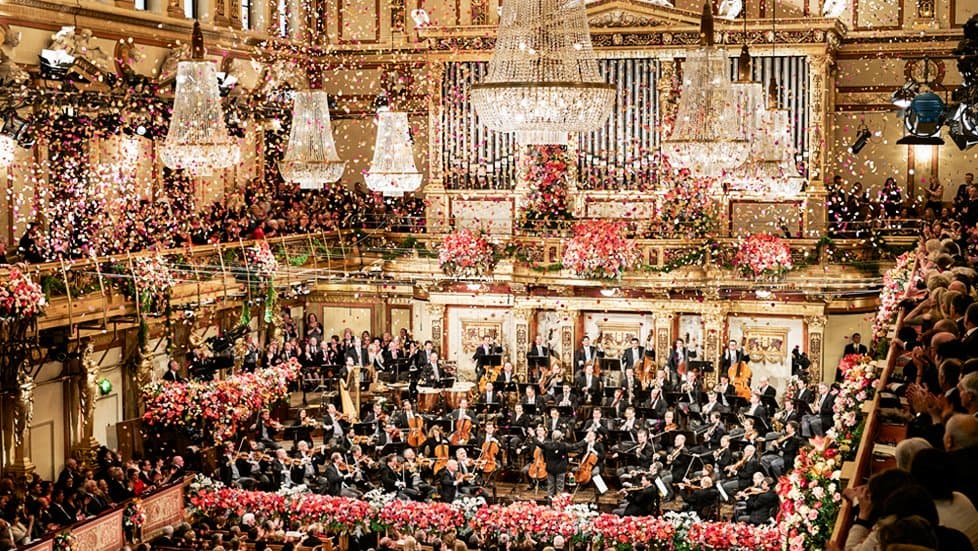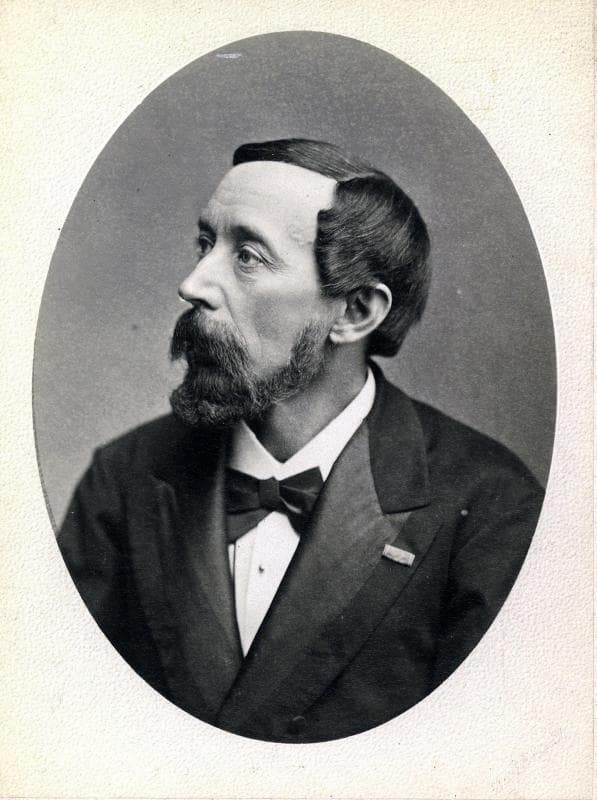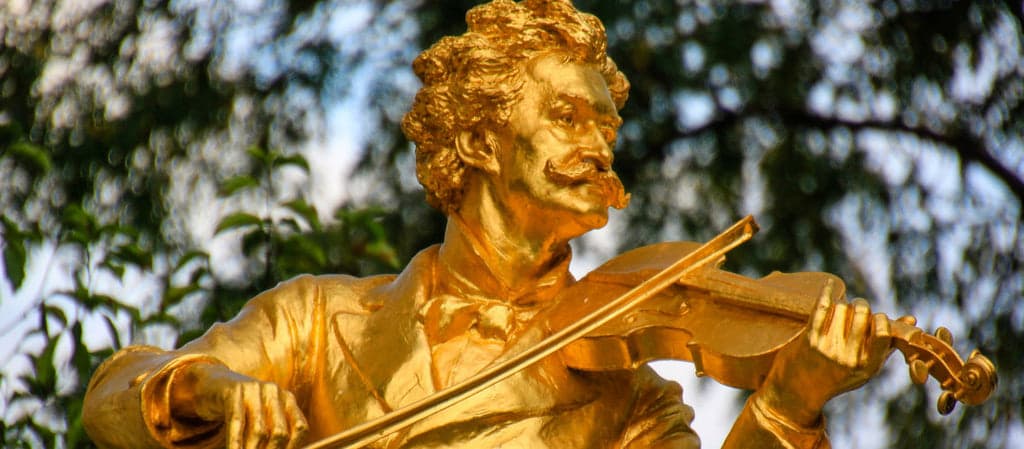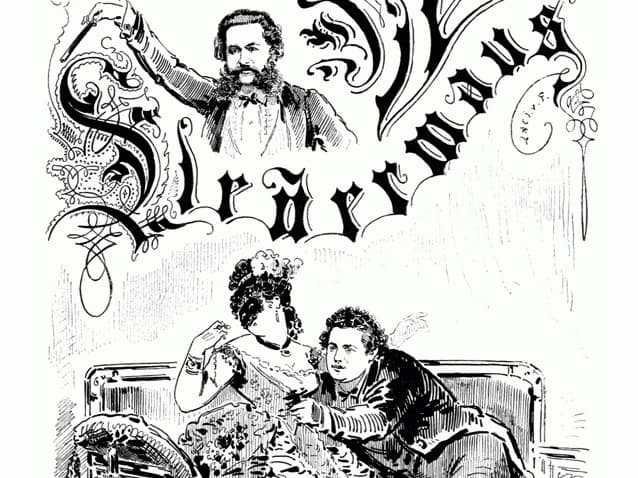Ever since I was a little girl, my parents made me watch the New Year’s concert of the Vienna Philharmonic. Apparently, as they kept telling me, “it is good for you.” They needn’t have worried, because I loved to watch the golden hall, the beautifully dressed musicians, and specifically the ballet dancers. It was a world far removed from everyday Kowloon in Hong Kong, a fantasy world of dreams, really. And the music is simply out of this world; it is dancing and singing, celebrating and partying, and being completely carefree.

Vienna Philharmonic New Year’s Concert
As I was watching over the years, I recognized that certain selections by the undisputed king of the Viennese waltz, Johann Strauss Junior, were performed every single year. Audiences always seemed very excited to hear the Radetzky March by Johann Strauss Senior, and The Blue Danube Waltz by his son Johann Strauss the Younger. However, my personal favourite selection has to be the overture to Die Fledermaus—how can you not get excited about a piece of music titled “The Bat.”
Johann Strauss II: Die Fledermaus, “Overture”
Synopsis

Johann Strauss II: The Bat
The operetta is actually based on a funny story of intrigue, love, and theatrical disguises by a couple of famous French opera librettists. It tells the story of a minor royal sentenced to eight days in prison for insulting a government official. Yet he desperately searches for a way to postpone jail for one day in order to enjoy an extended dinner party at the turn of the New Year.
Composition Process and the Premiere

Richard Genée
Johann Strauss saw the story and asked his librettists Karl Haffner and Richard Genée to replace the dinner party with a Viennese ball, and he supposedly worked 43 days straight without food or sleep until Die Fledermaus (The Bat) was finished. The operetta premiered on 5 April 1874 at the Theater an der Wien in Vienna, but because of scheduling conflicts, closed after only 16 performances. But it soon played in Berlin and was then brought back to Vienna. Since then it has never left the active repertory, and many different arrangements have been produced, including a fiery take by the Ayoub Sisters.
Johann Strauss Jr.: Die Fledermaus “Overture” (Ayoub Sisters)
Public Reception

Statue of Johann Strauss Jr.
Everybody immediately recognized that “The Bat” was going to be a mega hit. Performances were sold out months in advance, and Strauss Jr. quickly realized that he was sitting on a goldmine. He was really crafty when it came to making money, and he was jokingly called “the laughing Genius of Vienna.” Indeed, Strauss Jr. was laughing all the way to the bank. He could easily charge more than 35,000 US Dollars—in today’s value—for a one-time public appearance. Strauss Jr. was the biggest pop star of his time. His portraits were sold in bookstores; jewelry shops carried rings and brooches with his image, and even florists offered bouquets named after his waltzes. The Strauss Jr. franchise, as might well be imagined, made astronomical amounts of money. Strauss Jr. even set off on an American adventure, when Patrick Sarsfield Gilmore, a bandmaster specializing in large-scale concerts featuring detonations and cannons invited Strauss to appear at the 1872 World’s Peace Jubilee in Boston. Strauss Jr. conducted 14 concerts and his fee for this single event, in today’s money, equaled close to 1 million US Dollars!
Johann Strauss Jr.: Die Fledermaus “Overture” (arr. Takashi Sato for 2 pianos) (Ultra Piano Duo)
Critics’ Reception

Die Fledermaus
Critics described him as “a true beachcomber of world history,” as his compositions commemorated in music any significant social, cultural, technological or political event in Vienna or the entire world. Besides performance fees, publishing contracts, and franchise income, Strauss Jr. lined his pockets with arrangement licensing. Since just about everybody under the sun wanted to play “The Bat” overture, various arrangements for different skill sets and various instrumental groupings had to be produced. The major breadwinner in that category, however, was the arrangement for piano 2 hands. Strauss Jr. wanted to be sure that the quality of the composition was seamlessly transferred to the piano, and he preferred to rely on his librettist Richard Genée. He had actually written the libretto for “The Bat,” and I read that he also helped to compose the music for the operetta. His arrangement for piano 2 hands is geared towards the intermediate pianist and it is still used as the basis for more virtuoso elaborations. Just have a look and listen to the fireworks provided by the youthful Daniil Trifonov. That’s the kind of musical fireworks that will make the transition into a new year much more exciting. Happy New Year 2023 everyone!
For more of the best in classical music, sign up to our E-Newsletter
Johann Strauss Jr.: Die Fledermaus “Overture” (Daniil Trifonov)



Other great and incredibly difficult piano pieces incorporating music from die Fledermaus
1) Symphonic Metamorphosis on Themes from Johann Strauss II’s ‘Die Fledermaus, by Leopold Godowsky. Played here by Nelson Freire: https://youtu.be/67w7qoErpNM Showcases Godowsky’s unique and fantastical parlor trick of superimposing different themes
2) Soirée de Vienne, concert paraphrase on Strauss’ waltzes, op 56, by Alfred Grünfeld. Played here by Evgeny Kissin: https://youtu.be/jJX_Dfi5cZU